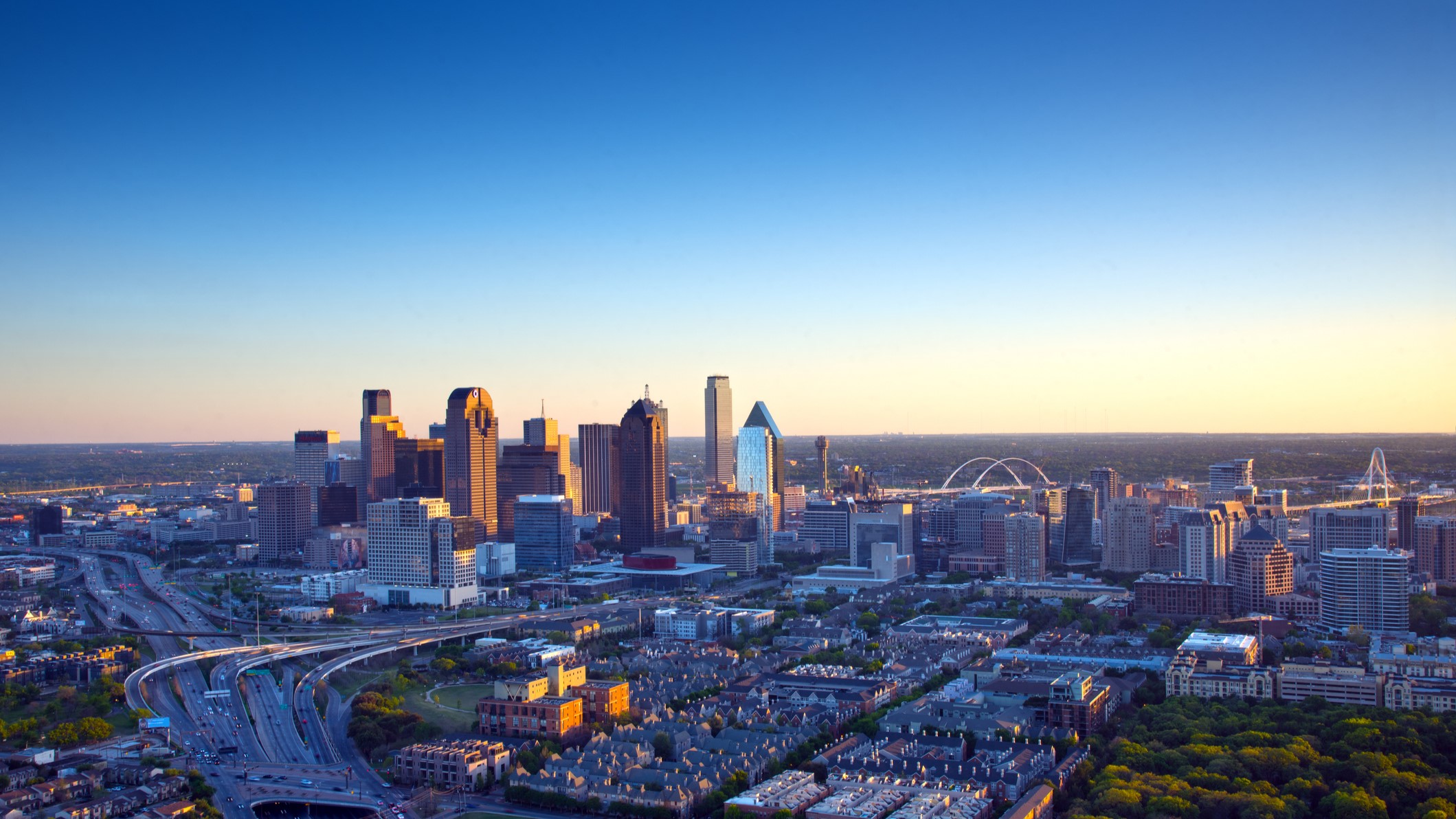
It may occur only from within a path 115 miles (185 kilometers) wide and 10,000 miles (16,000 km) long, but the total solar eclipse on April 8, 2024, will be one of the most urban eclipses for decades.
"The total eclipse of the sun next April 8 will envelop many millions of people," Michael Zeiler, eclipse cartographer at GreatAmericanEclipse.com, told Space.com in an email. "31 million people already live inside the path within the U.S., and when you add the millions more Mexicans and Canadians in the path, plus the visitors who come to see totality, between 40 and 50 million people will witness the total solar eclipse."
Related: Total solar eclipse 2024: Live updates
From Mazatlán and Torreón in Mexico via big cities in Texas, Indianapolis and Montreal in Canada, millions of city-dwellers across North America will witness totality from a city. About 10 million will be in just 10 cities, each with populations above 500,000.
Here are the most significant 10 cities in the path of totality — and what's being planned in each of them:
All times, totality durations and historical cloud statistics for April 8, 2024, come from the Eclipse Calculator — City Lookup on Timeanddate and eclipse expert Xavier Jubier's interactive Google Map.
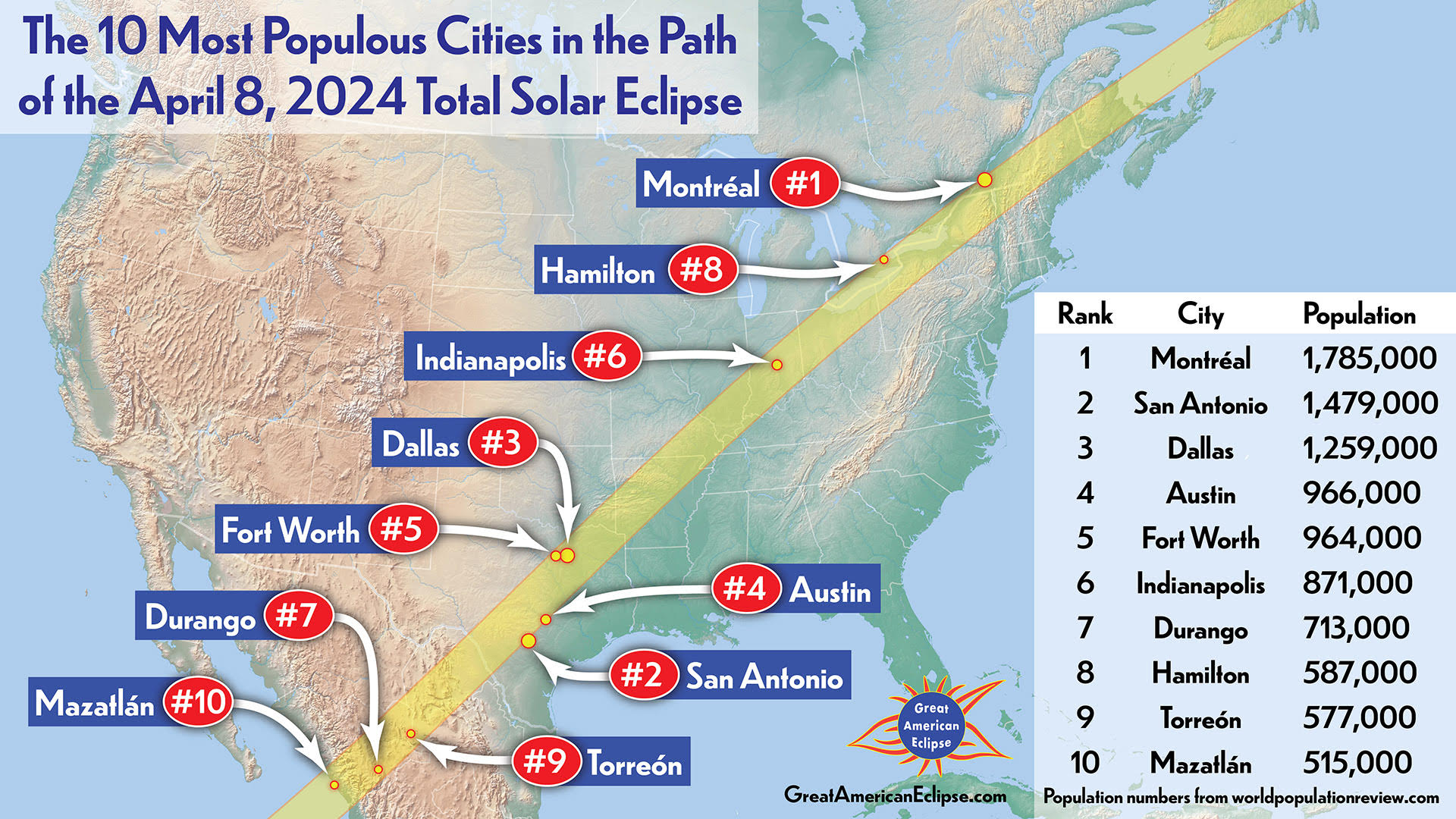
Montréal, Quebec, Canada
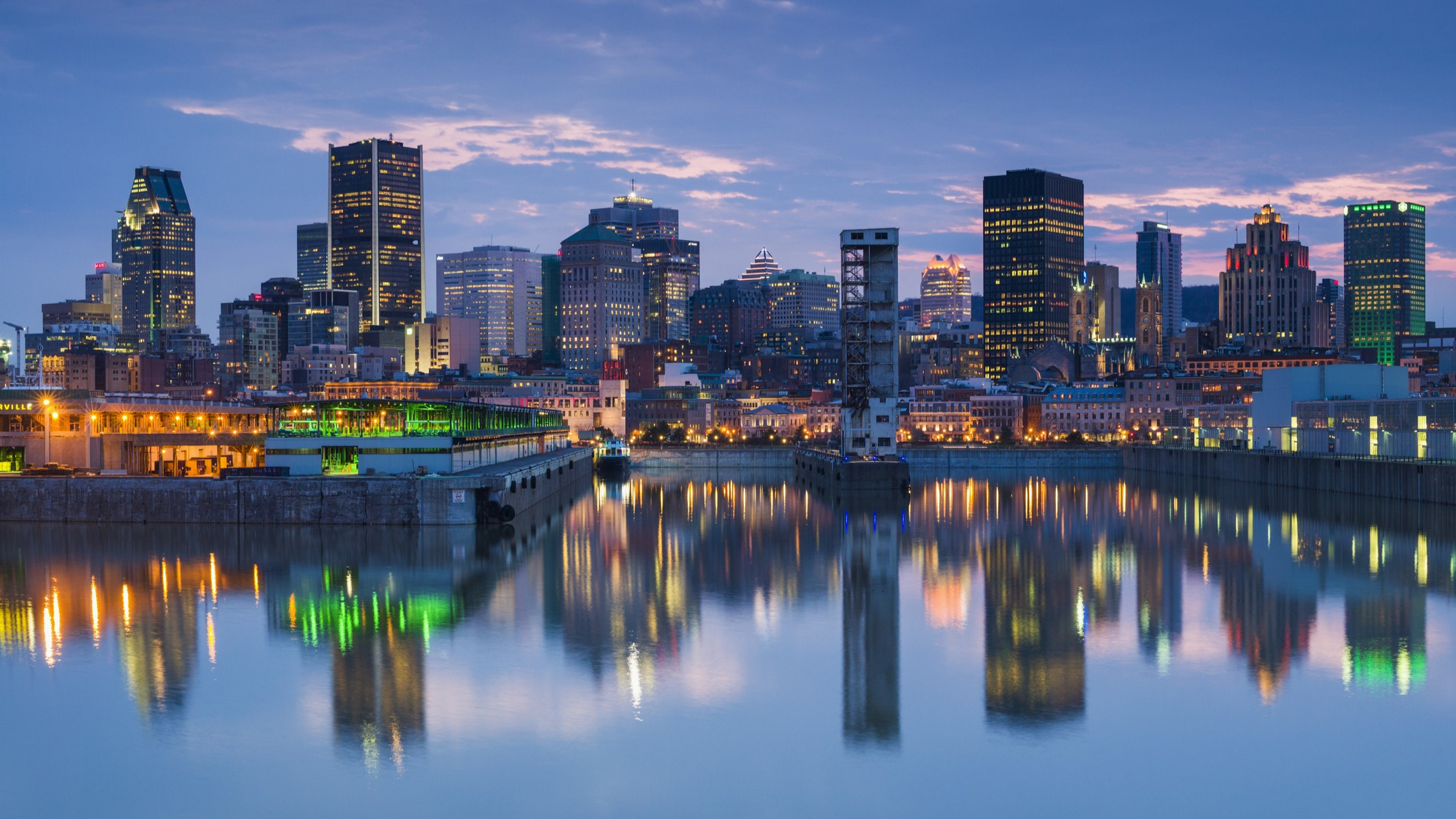
Population: 1.79 million
Local time and duration of totality: 2:14 p.m. EDT; 1 minute, 27 seconds
Montreal is right on the northern edge of the path of totality. The North Shore and even Laval must be avoided, with only the southern half of Île de Montréal within the path of totality. Totality will last longest close to the St. Lawrence River and peak at about 2 minutes at the Île aux Hérons Migratory Bird Sanctuary. It's been cloudy in Montreal on April 8, about 69% of the time since 2000.
Related: The best places in Canada to see the 2024 total solar eclipse
San Antonio, Texas, U.S.
Population: 1.5 million
Local time and duration of totality: 1:34 p.m. CDT; (up to) 2 minutes, 35 seconds (far northwestern suburbs only)
Like Montréal, this city is split in two by the edge of the path of totality, in this case, the southern limit. However, unlike Montréal, the center of San Antonio lies outside of the path, with only its northern and western suburbs within it. It's been cloudy in San Antonio on April 8 about 55% of the time since 2000.
Dallas-Fort Worth Metroplex, Texas, U.S.
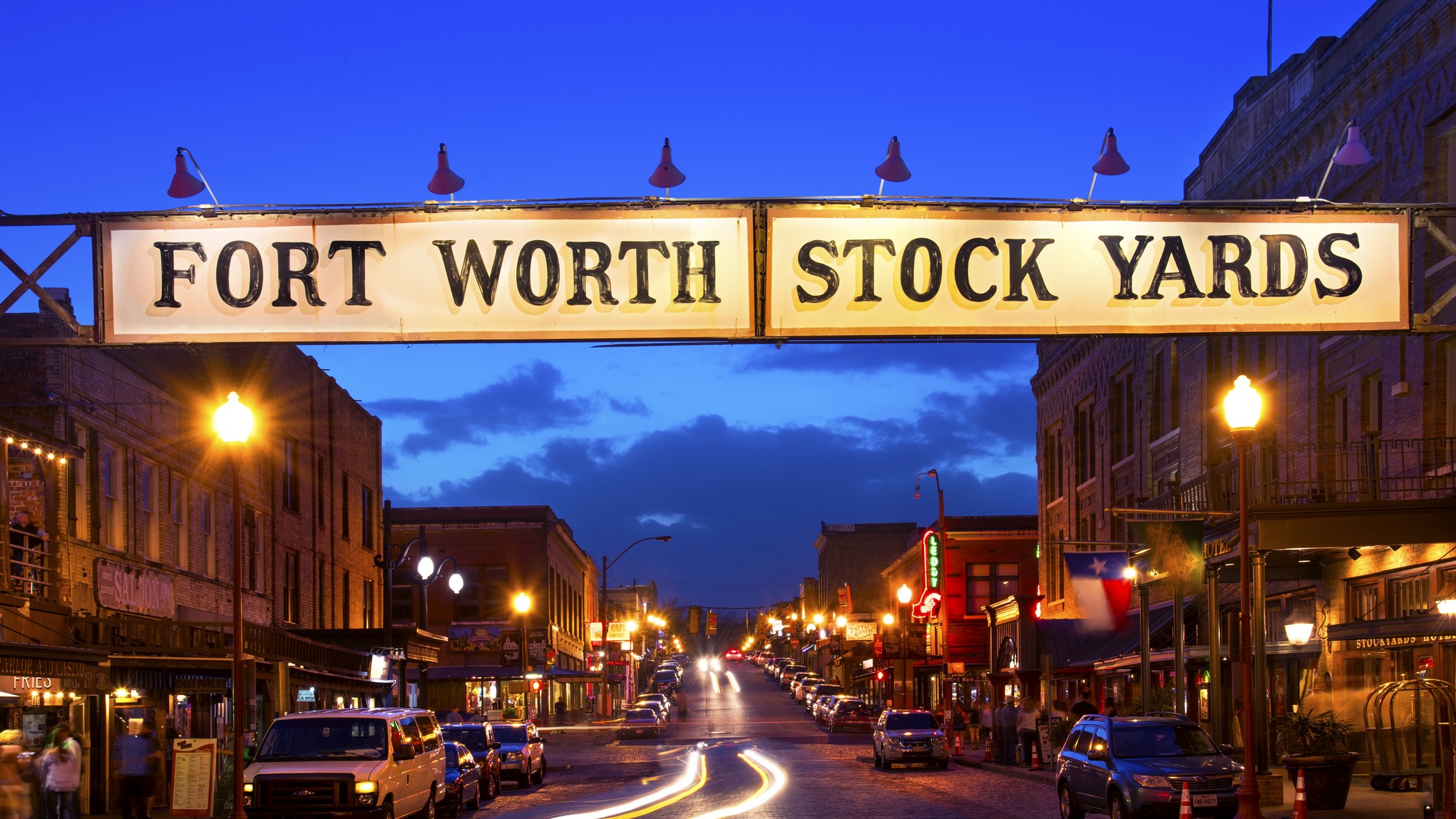
Population: 1.25 million (Dallas)/ 964,000 (Forth Worth)
Local time and duration of totality: 1:42 p.m. CDT; 3 minutes, 52 seconds (Dallas)/ 1:40 p.m. CDT; 2 minutes, 34 seconds (Fort Worth)
Although it comes third on this list, the population of the wider metroplex includes more than 60 cities and over 8 million people. About 1.5 million visitors are expected to a region with the largest selection of hotels anywhere in the path of totality. Organizers are now adding new observing events all the time, with confirmed events including the Frontiers of Flight Museum and the Dallas Arboretum and Botanical Garden. It's been cloudy in Dallas on April 8 about 60% of the time since 2000 and in Fort Worth about 49%.
Austin, Texas, U.S.
Population: 966,000
Local time and duration of totality: 1:36 p.m. CDT; 1 minute, 46 seconds
Although many will stay in Austin and drive into the Texas Hill Country for a longer totality, central Austin will experience a relatively long totality. Just be sure to avoid its southeastern suburbs and Austin-Bergstrom International Airport, which will be outside the path. It's been cloudy in Austin on April 8 about 59% of the time since 2000.
Indianapolis, Indiana, U.S
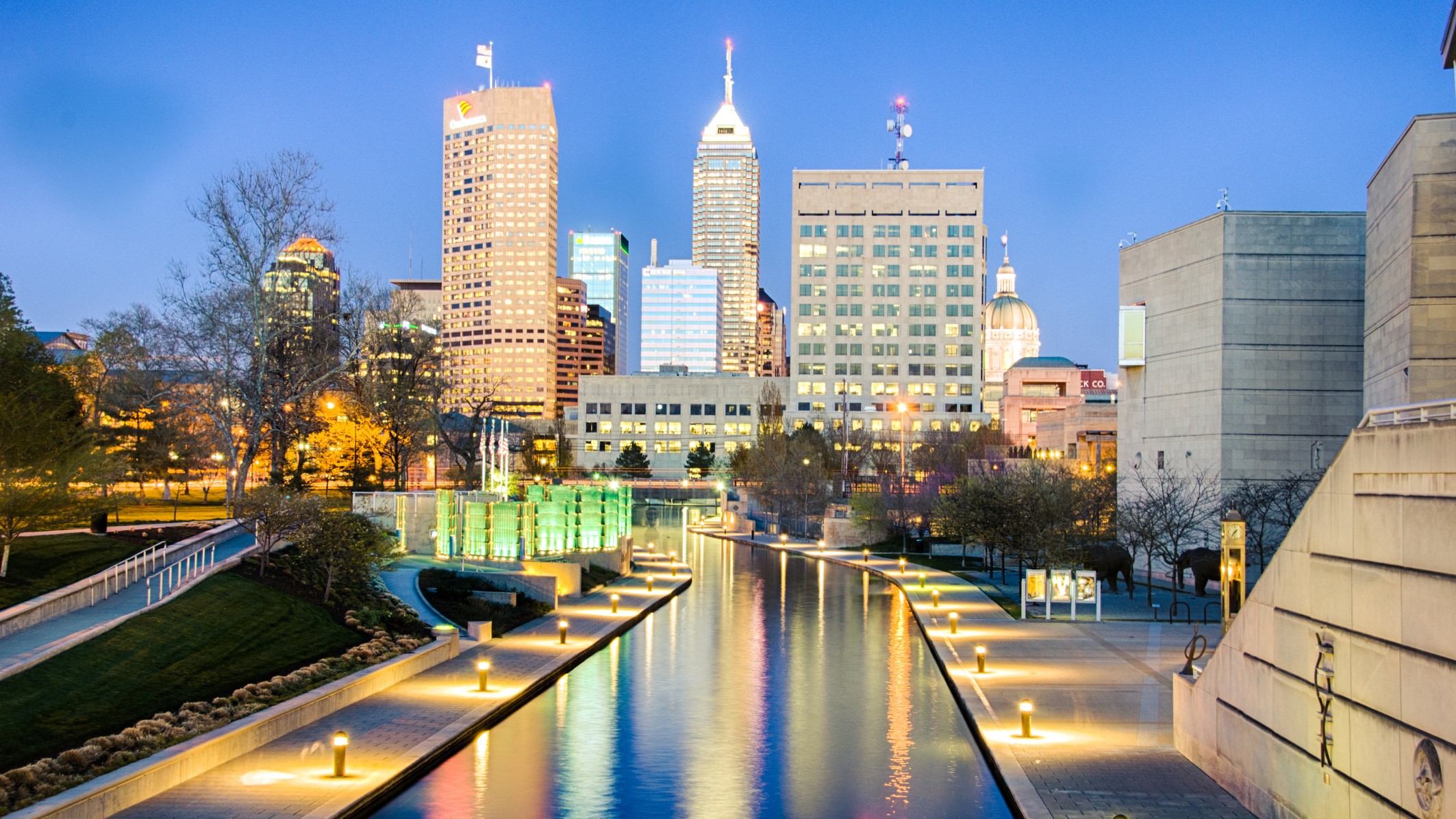
Population: 871,000
Local time and duration of totality: 3:06 p.m. CDT; 3 minutes, 46 seconds
A few big cities in the Midwest are close to the path of totality — among them Columbus, St. Louis, and Cincinnati — but only Indianapolis will experience totality There are big plans for Indy's 2024 Solar Eclipse Weekend, including events at Indianapolis Zoo, The Children's Museum of Indianapolis, Conner Prairie and Indiana State Museum NASA will broadcast internationally from a huge public event at Indianapolis Motor Speedway. It's been cloudy in Indianapolis on April 8 about 60% of the time since 2000.
Victoria de Durango, Durango, Mexico
Population: 713,000
Local time and duration of totality: 12:12 p.m. CST; 3 minutes, 47 seconds
With a primarily dry climate year-round, this large city — the capital of Durango — will be where many tour groups are based. It could also be a venue for eclipse-chasers in Mazatlán, who must find clear skies if forecasts are poor. In a mountainous region and slightly south of the centerline, the city has a historic center with several well-preserved baroque buildings. It's been cloudy in Durango on April 8 about 30% of the time since 2000.
Related: The best places in Mexico to see the total solar eclipse on April 8, 2024
Hamilton, Ontario, Canada
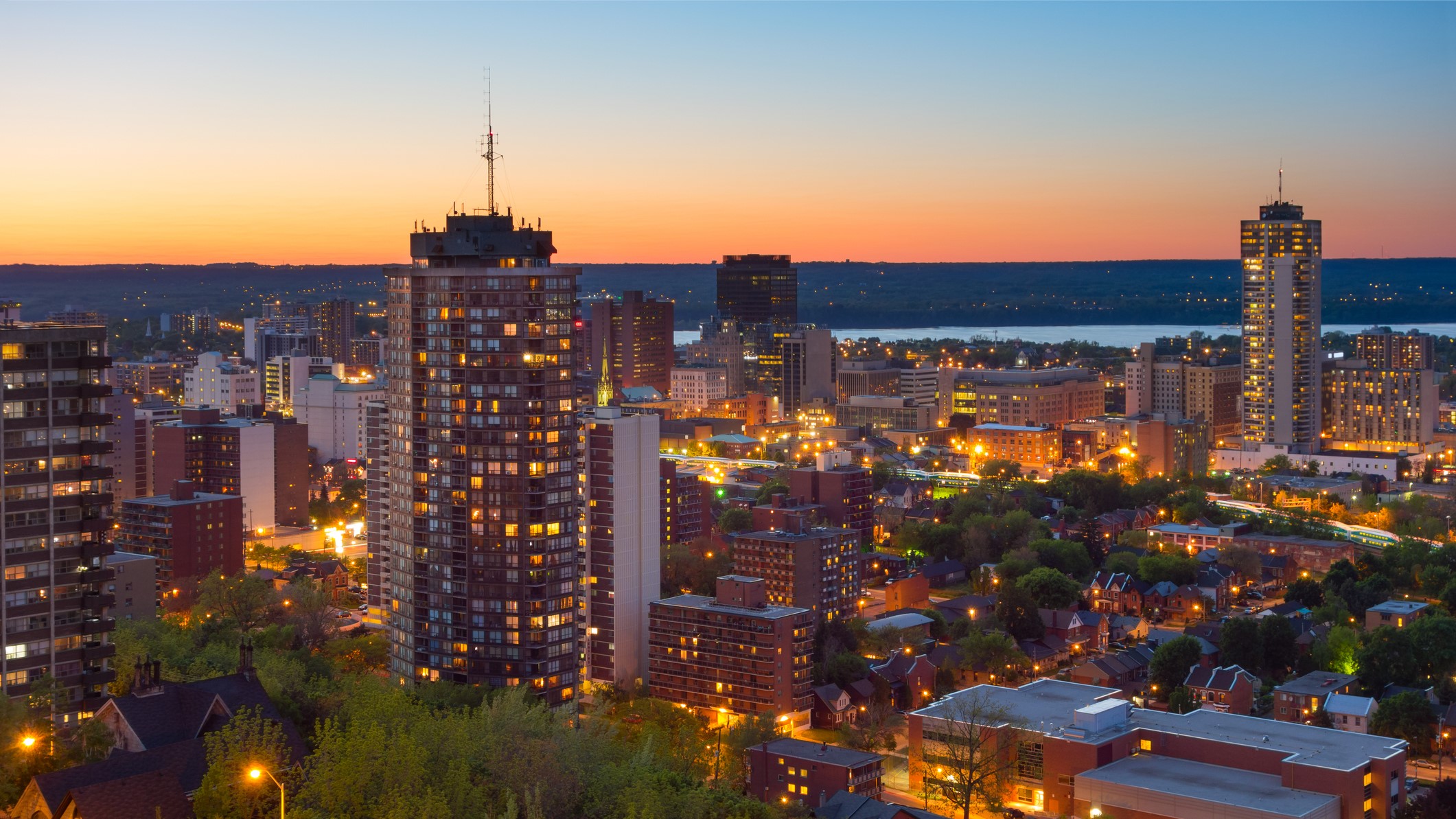
Population: 587,000
Local time and duration of totality: 3:18 p.m. EDT; 1 minute, 50 seconds
A prominent port city on the western tip of Lake Ontario, Hamilton is part of Canada's Golden Horseshoe. It's set to be extremely busy on the day of the eclipse, despite only just being inside the northern limit of the path of totality, because of its proximity to Toronto, a city of 3 million that completely misses out on totality. It's been cloudy in Hamilton on April 8 about 61% of the time since 2000.
Torreón, Coahuila, Mexico
Population: 577,000
Local time and duration of totality: 12:16 p.m. CST; 4 minutes, 11 seconds
Given its higher chance of clear skies, this eclipse could go down in history as the Great Mexican Eclipse. If it does, a high proportion of Mexicans who experience the nation's first totality since 1991 will do so from the environs of this industrial town in the country's northwest. It's been cloudy in Torreón on April 8 about 27% of the time since 2000.
Mazatlán, Sinaloa, Mexico
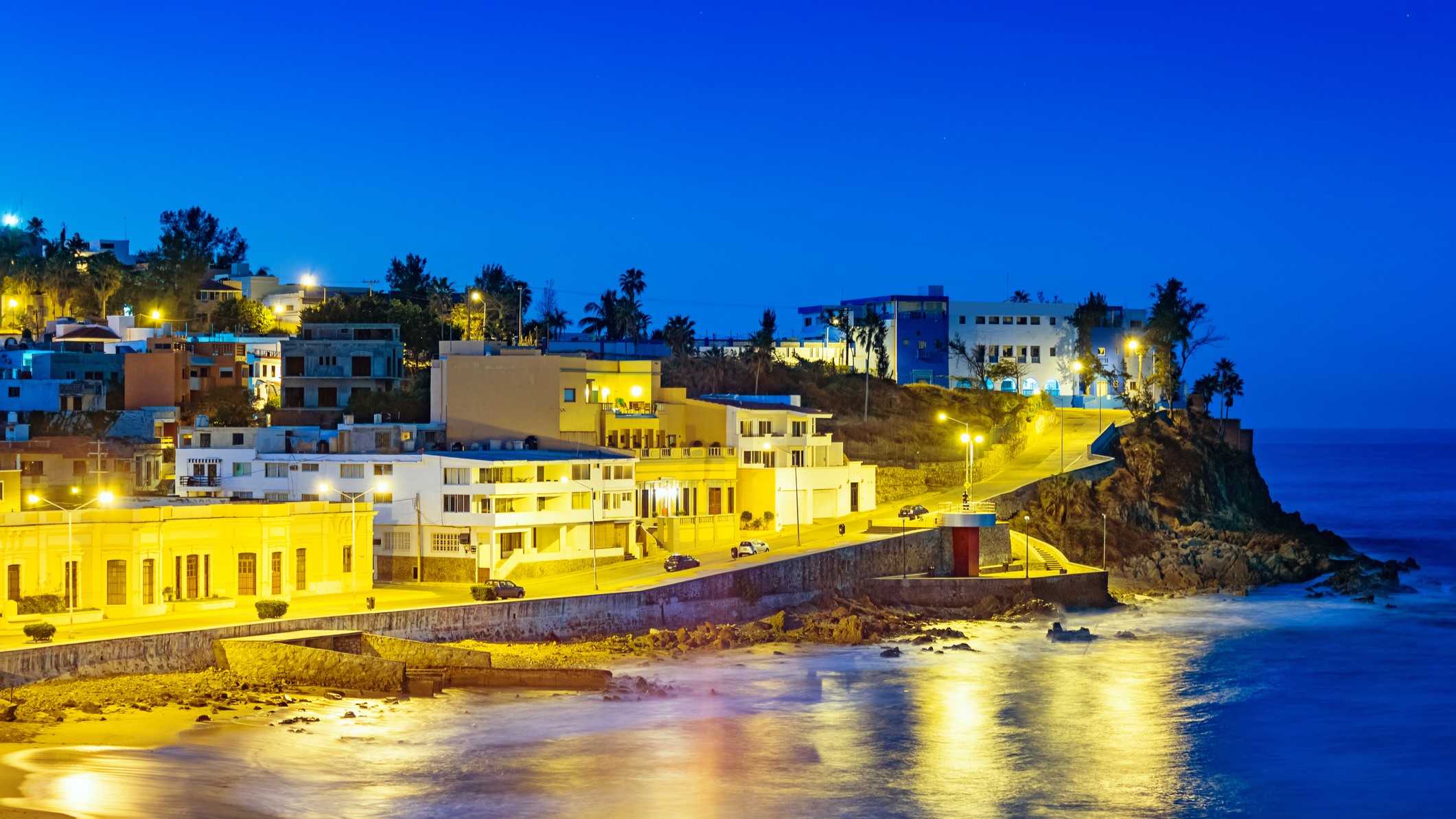
Population: 515,000
Local time and duration of totality: 11:07 a.m. MST; 4 minutes, 16 seconds
Although it comes last on this list, the beach-blessed colonial town of Mazatlán in northwest Mexico has been in the plans of many eclipse-chasers for several years because of its low chance of clouds. While tourists will fill its resorts, locals will swarm its 4-mile (7 km) paved malecón boardwalk to be the first people in North America to see an eclipsed sun. It's been cloudy in Mazatlán on April 8, about 28% of the time since 2000.







